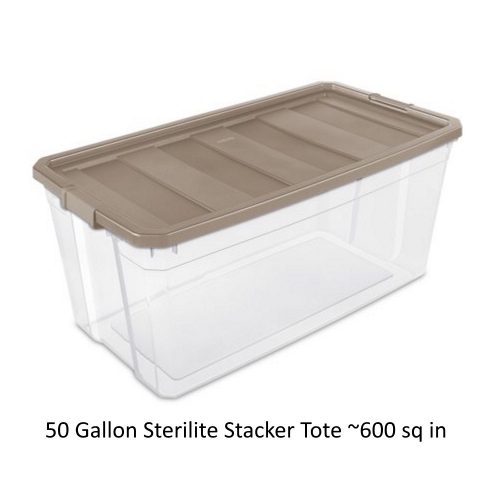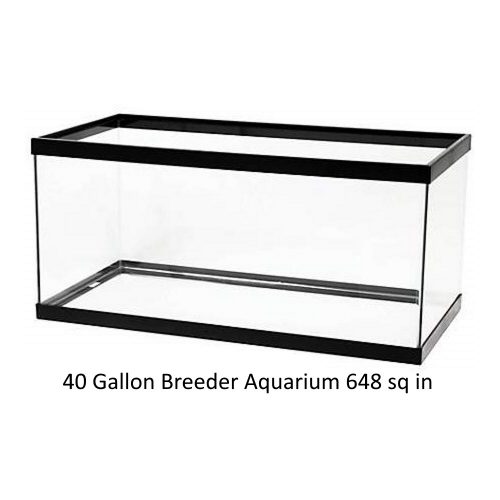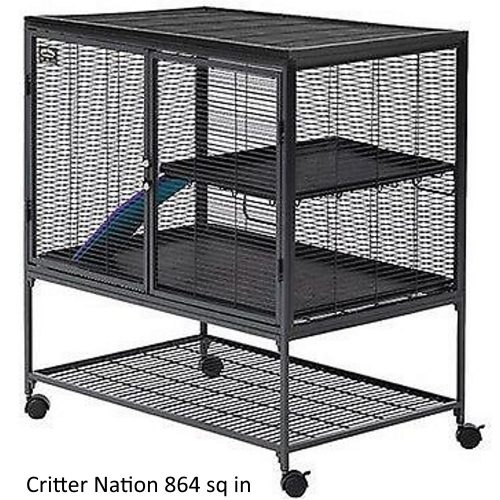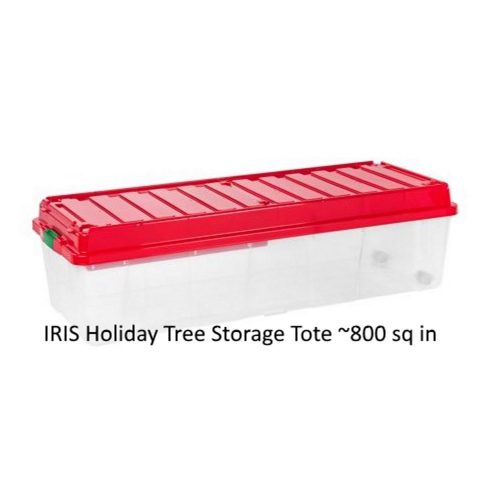Cages






Here in North America, most hamsters are kept in cages much too small. Insufficient cage space can cause physical and psychological health issues for your hamster. Therefore, ALL HAMSTERS ADOPTED FROM US REQUIRE A CAGE WITH AT LEAST 600 SQUARE INCHES OF FLOOR SPACE.
Syrian hamsters are the largest species of pet hamsters and I see stress behaviors like bar chewing, pacing and obsessively trying to escape when hamsters are housed in cages under 600 square inches. This minimum cage size is similar to the requirements in Europe.
Are you wondering how big your cage at home is? Take a measuring tape and measure the length of the and width of the cage at the base, multiply those numbers and it will give you a calculation of floor space. (length of the cage x width of the cage = square inches of floor space)
The vast majority of cages carried in pet stores “for hamsters” are far too small. Most of us who have owned a hamster in the past have kept them in a cage which we now know is inadequate. It’s important to remember that hamsters have only been very recently domesticated compared to other pets like mice, rats, and guinea pigs. Our scientific understanding of their needs has improved greatly over the past few years. Pet stores which sell equipment “for hamsters” are in the business of profit as opposed to science, so their products and care recommendations are behind the times. There is an abundance of scientific evidence proving hamsters need far more space than common hamster cages give them. See this scientific study on cage size
The rule of thumb with hamster cages is BIGGER IS ALWAYS BETTER! Cages such as Critter Trails, Tiny Tales, Ovo Habitrails and similar cages are far too small.
Here’s the good news: there are fun and affordable options to house your hamster properly! Below are options available in the USA:
